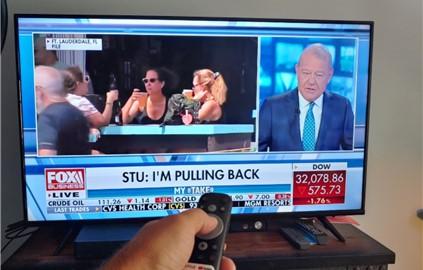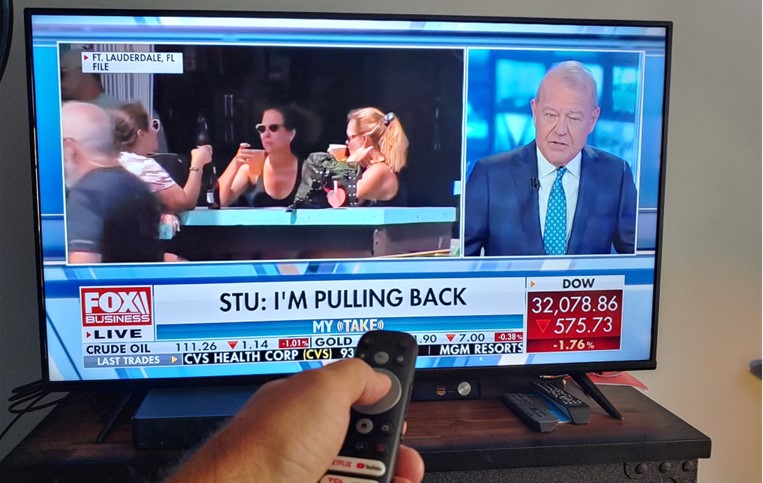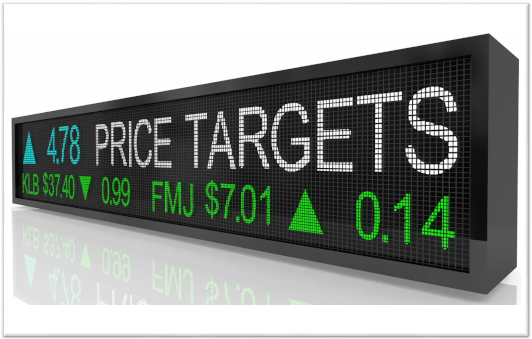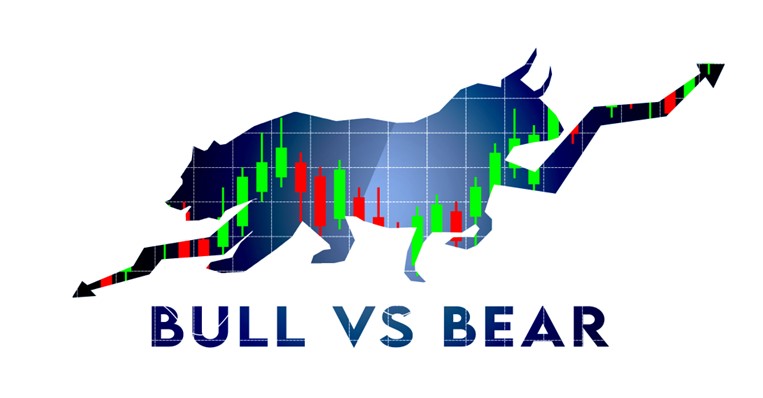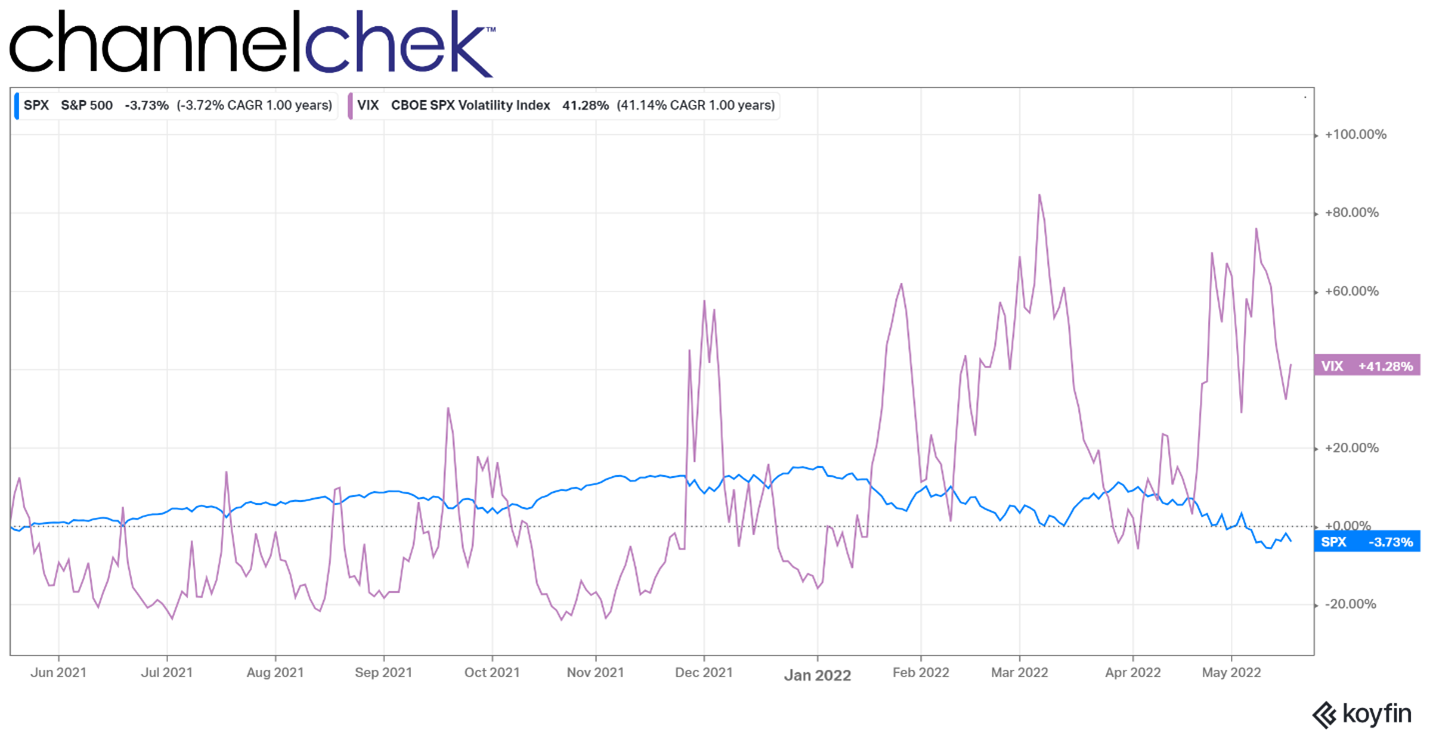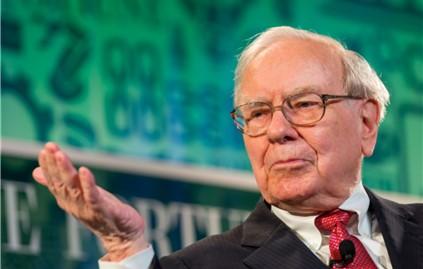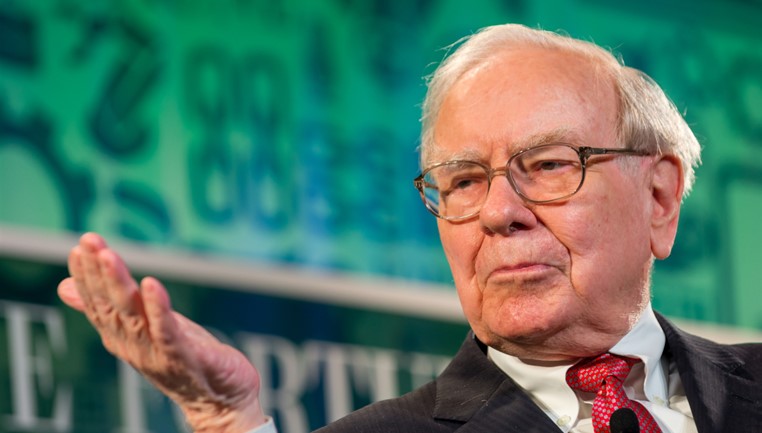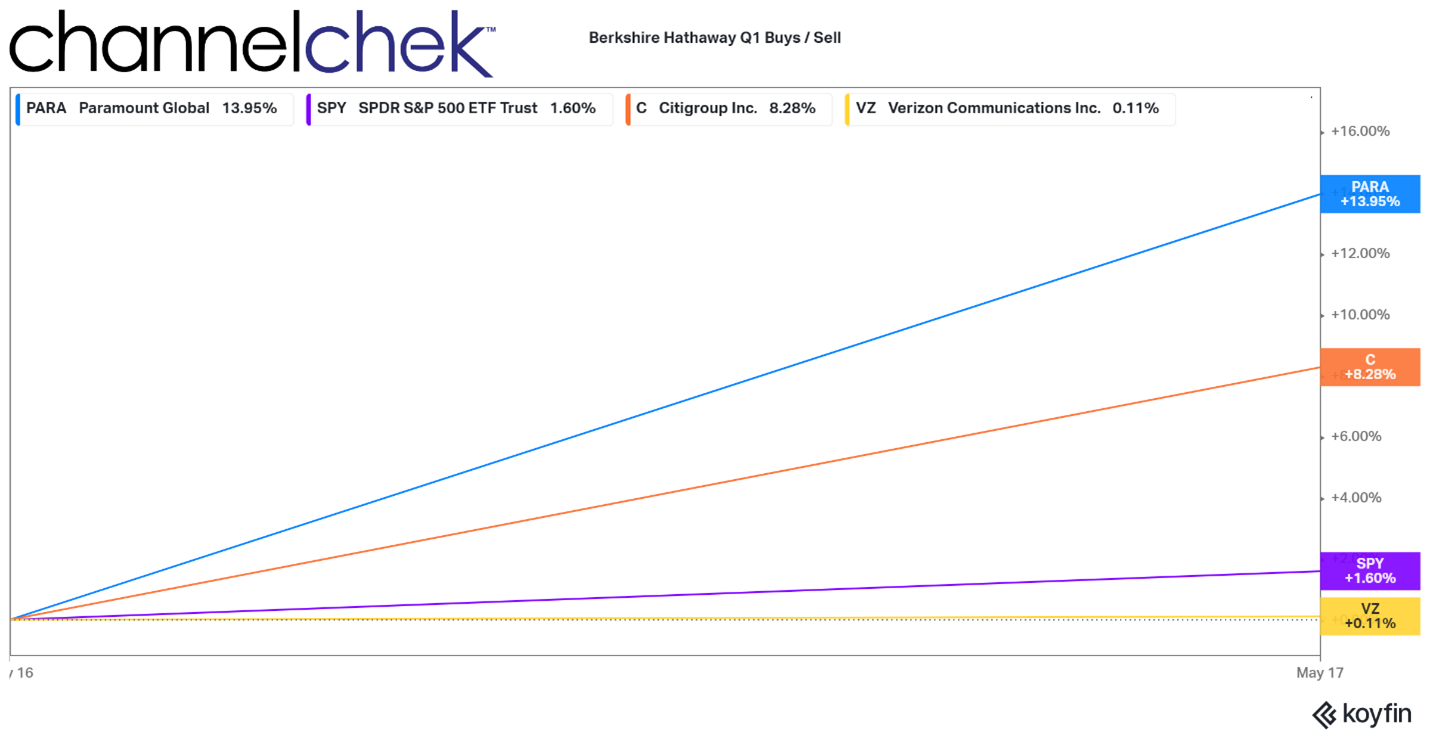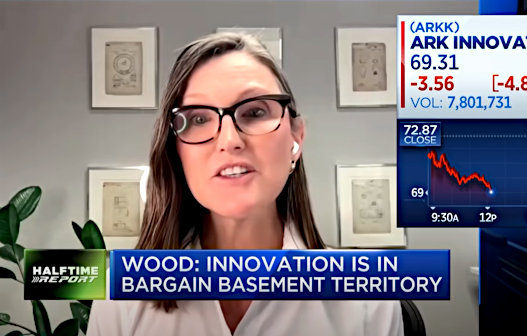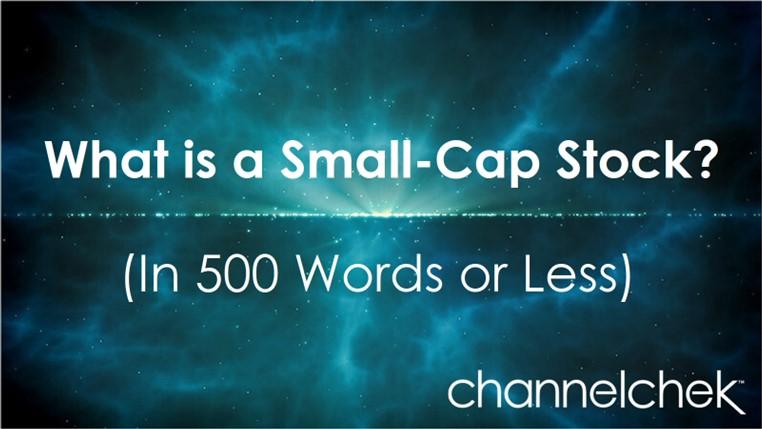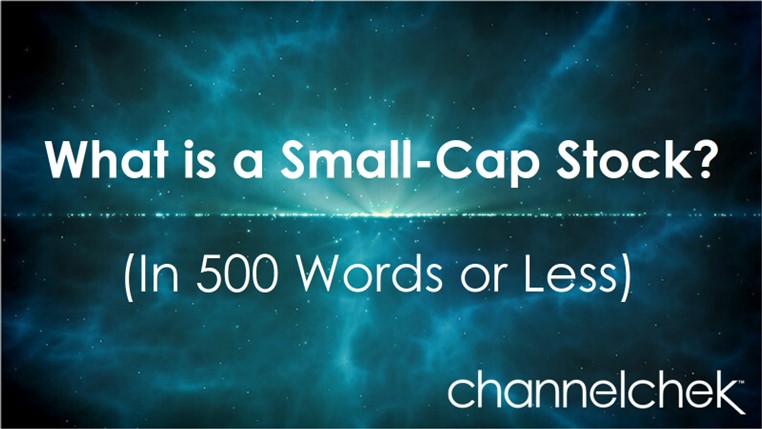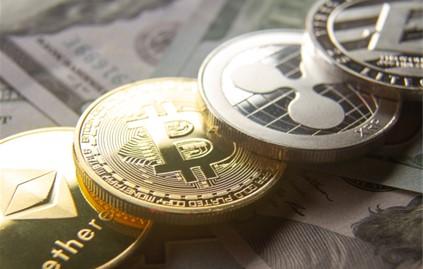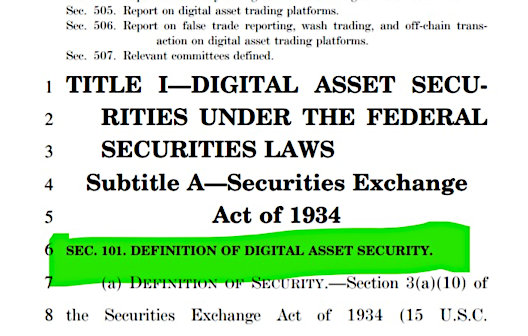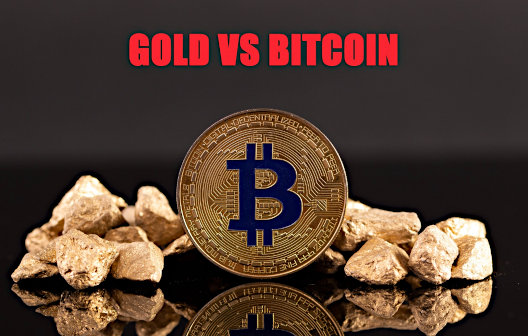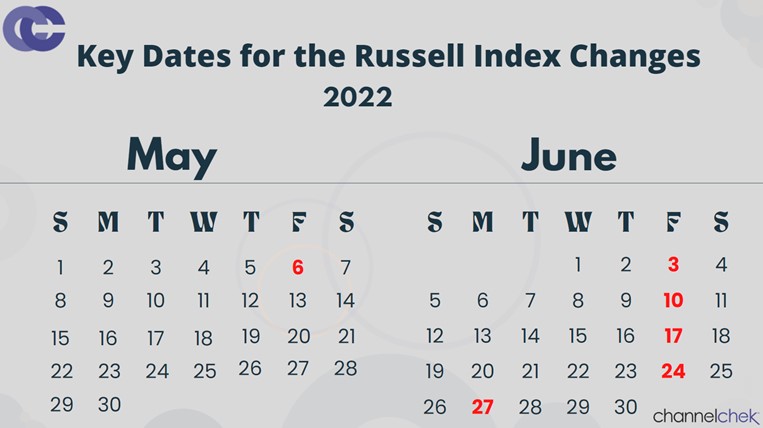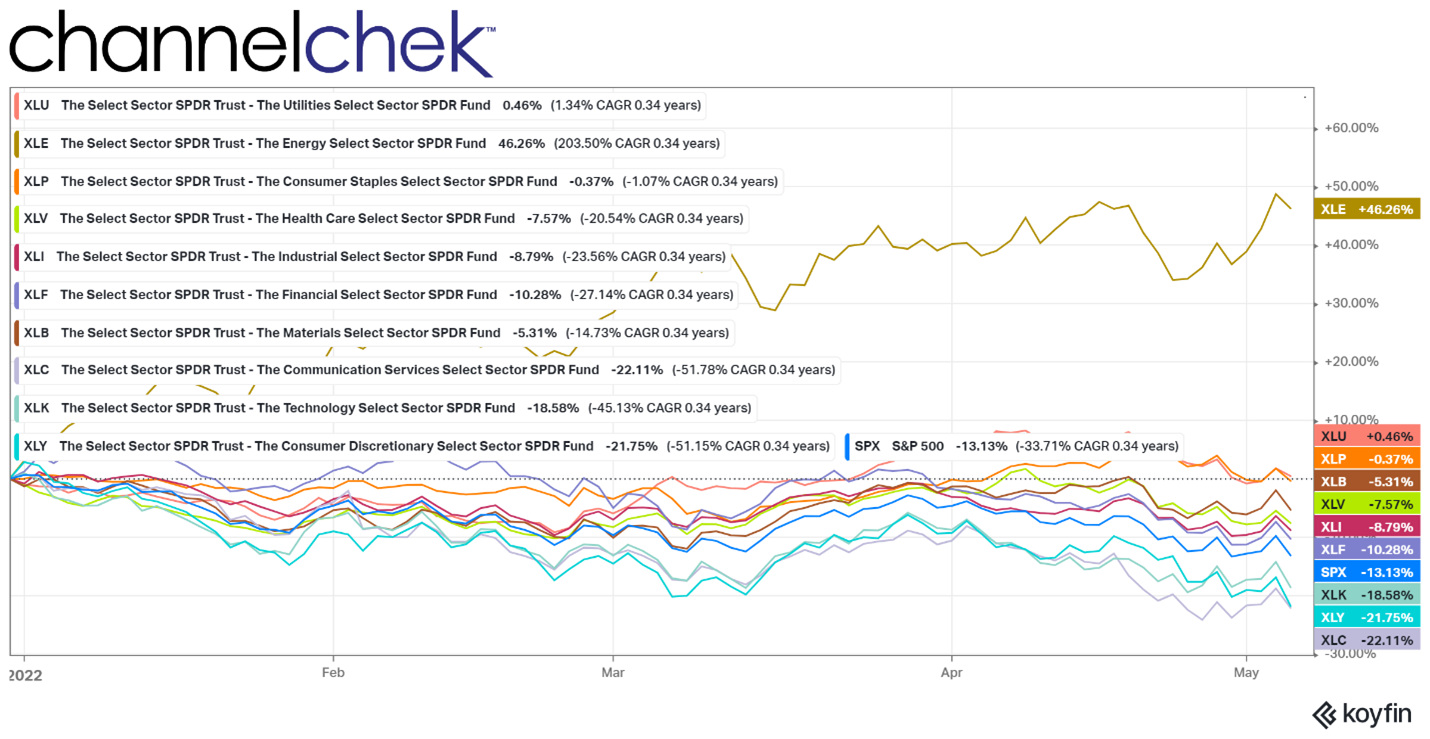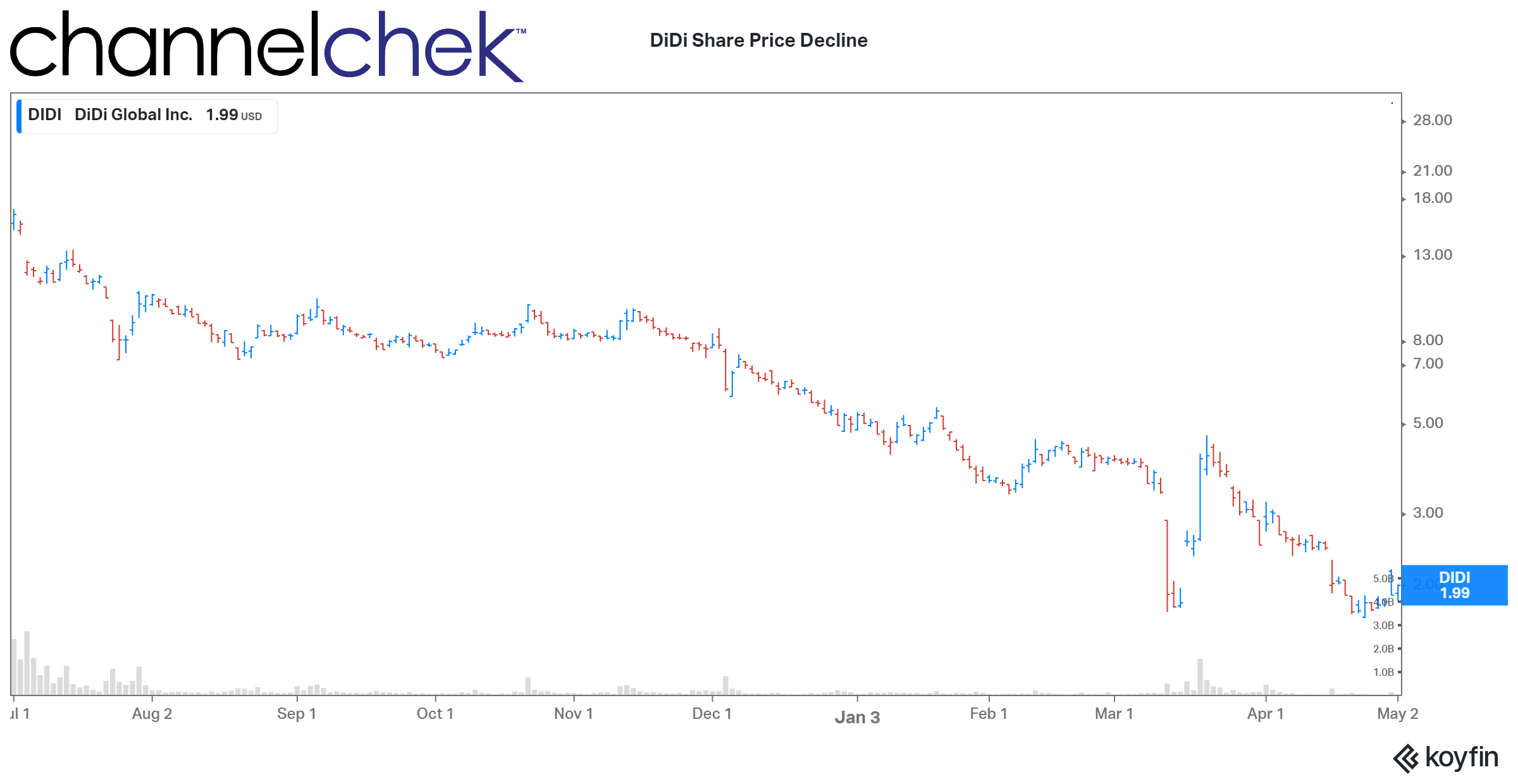Image Credit: Wallumrod (Pexels)
Sustainability and ESG Investing May Not be a Top Priority for those Hiring Portfolio Managers
A few of the winning categories in the stock market over the past two years have fallen from grace. The slide suggests that they had either been overbought or the demand changed for their products; it’s also possible they are now oversold. For example, high tech and disruptive tech were high flyers; they now are underperforming and seem to be “out of the rotation” of where investor money is flowing. Another category that saw money piling into it was ESG (Environmental, Social, Governance). This is a relatively new category that was so much in demand that many new funds were created to capitalize on the flow of cash. Many publicly traded companies even altered their business and their branding to capitalize on the expanded demand for stocks in these funds.
With the overall market declining and investors challenged to find companies on an upswing, are ESG labeled investments still getting attention?
ESG Scores
ESG scores are based on environmental, social, and governance factors that take into account corporate energy use, land use, emissions, employee satisfaction, business practices, and executive compensation. The popularity of funds that invest in ESG ranked companies had escalated as the new administration entered the White House in 2021. This is in part because there were big plans to recover from the pandemic-related slowdown with financial support for green or sustainable projects. ESG funds then experienced large and growing inflows of assets. With the increase in assets and a limited field of stocks to choose from, the category outperformed. As the above-average performance was recognized and reported on, it attracted more assets.
This caused companies that didn’t fit into the category to make changes that would provide them a decent ESG score. The list of acceptable companies from which fund managers can choose is still growing. This creates a situation where there is an increasing number of names, while the amount going into these funds has slowed.
The ESG ratings themselves are provided by private companies that have earned a reputation in the business. They wield a lot of power as they dictate who can be included in a fund and who cannot. The better-known firms are MSCI (MSCI), the largest ESG rating company, Standard & Poor’s (SPGI) and Sustainalytics, owned by Morningstar (MORN). Investors, including fund managers, use these as a guide to screen stocks for inclusion in ESG and sustainable portfolios.
Performance
The year-to-date (YTD) S&P ESG Index (308 stocks) and the S&P 500 performance have tracked pretty close since the beginning of the year. There has only been a slight benefit to those earning the ESG index which is down 18.7% vs. 19.4% for the S&P 500.

Source: Koyfin
The YTD performance difference of just over 1% represents a narrowing of the performance spread for the two indexes. As the graph below indicates since August 1, 2021, (one year after launch of the index) there is more than a 5% difference in return, favoring the ESG fund.

Source: Koyfin
Mood Change?
ESG funds and ratings have been under fire in 2022. This is in part related to the attention the Russian invasion of Ukraine brought to the category. Some critics question why ESG-labeled funds own companies such as Russia’s state-backed energy company Gazprom.
In a recent study by Seeward & Kissel they surveyed funds-of-funds, family offices, endowments, seeders, and other investors, the law firm discovered ESG considerations rank low as a priority when hiring managers. The Seeward & Kissel’s 2022 Alternative Investment
Allocator Survey indicated, that overwhelmingly the main criteria used are investment strategies and a track record of performance.
According to the survey over 40% said ESG and investment team diversity were the least important issues when sourcing portfolio managers. A full 90% answered that investment strategy was the most important factor and track record also ranked high on the list.
Daniel Bresler, a partner at Seeward & Kissel said, “We don’t think ESG is going away anytime soon, but it has been placed on the backburner because of concerns with Ukraine and markets going crazy.” Bresler also indicated he was surprised by the results showing how low the ESG category ranked in importance.
This week’s announcement that Tesla (TSLA) was ineligible and therefore cut from the S&P DJI ESG, has also caused confusion among onlookers who viewed the electric car company as the ESG “poster child.” At the same time, the strong position of Exxon Mobil (XOM) which moved up within the same S&P index has raised questions about methodology.
Take-Away
ESG is maturing and will have its place. The attention it received as the Biden Administration was laying plans for greener projects while helping rebuild infrastructure provided a high level of enthusiasm for the category. The overall market has turned somewhat sour and returns are now a stronger driver than an often misunderstood ESG and sustainability category. Along with the market weakness, the nature of rewarding some companies with a high ESG score and other seemingly less destructive companies with a lower score has reduced enthusiasm.
These perceived problems are likely just part of the growing pains of a category that will likely ebb and flow as the other investment categories, sectors, and companies do.
Managing Editor, Channelchek
Suggested Content
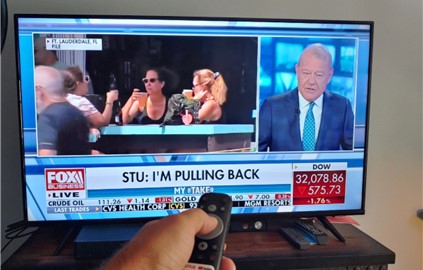 Avoiding the Noise and Focusing on Managing Your Investments
|
 What Would Failure Look Like to Elon Musk if He Buys Twitter?
|
 Can Mining be Green and Sustainable?
|
 The World is Hot Right Now! NobleCon18 Panel Presentation
|
Sources
https://www.investmentnews.com/major-outflows-hit-most-asset-classes-as-recession-woes-mount-221753
https://etfdb.com/esg-channel/how-long-will-esg-funds-rake-in-capital/
Stay up to date. Follow us:

|



